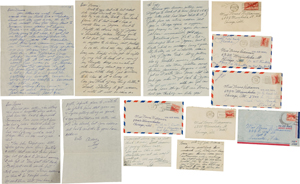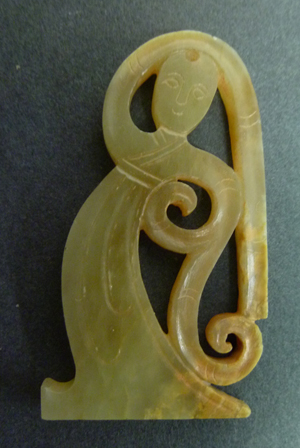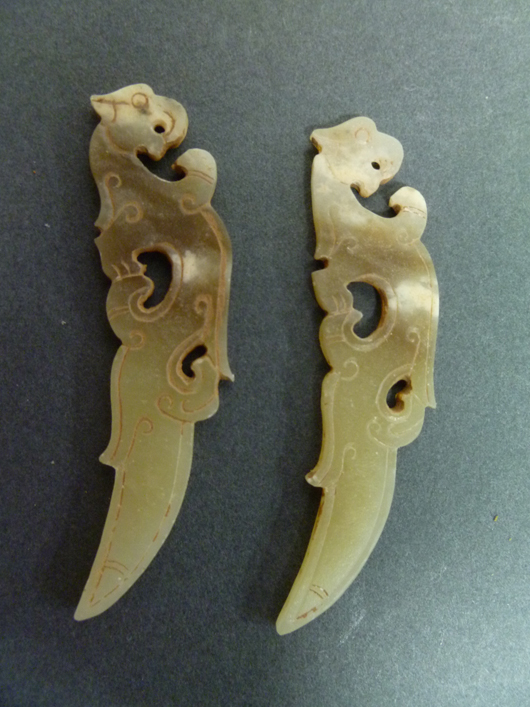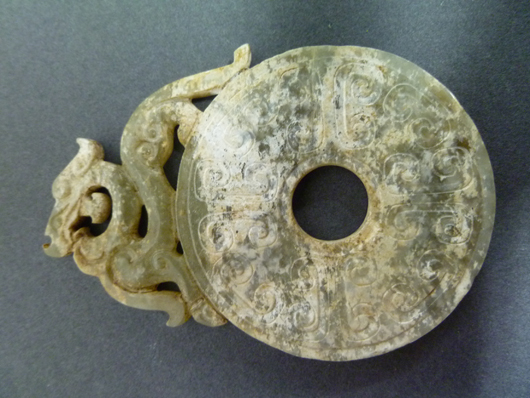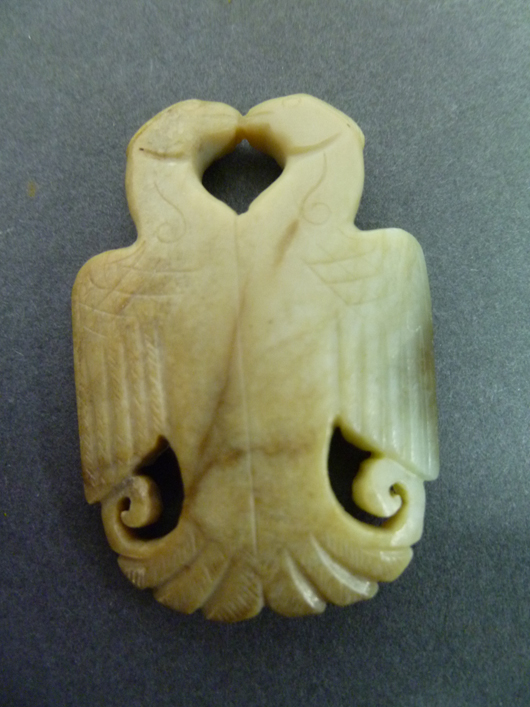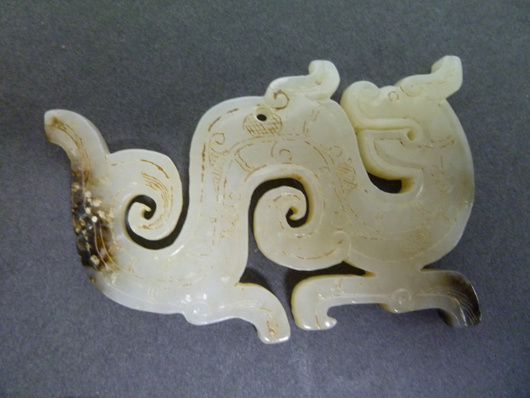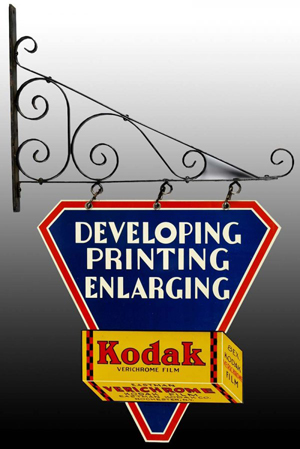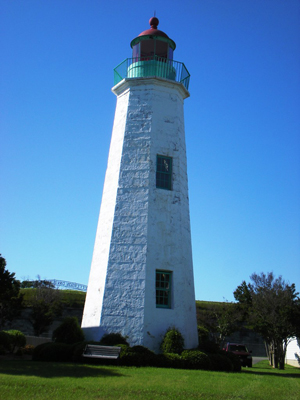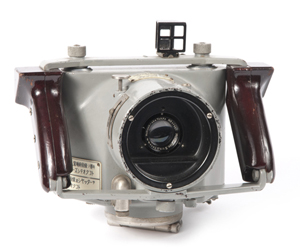
Japanese Army ultrasmall handheld aerial roll film camera (GSK-99) with Hexar Ser. II lens and KOO-Tiyoko shutter. Includes a metal carrying case, two additional roll film backs and two filters. Image courtesy of Fuller’s Fine Arts Auctions. PHILADELPHIA – Fuller’s Fine Arts Auctions will sell the Kaprelian Collection of Cameras and Photographica in a no reserve sale on Nov. 19 at 11 a.m. Eastern. LiveAuctioneers.com will provide Internet live bidding.
This is part one of a two-part sale. Part Two, to be sold in 2012, will include specialized lenses, camera parts, additional lots of cameras, and the Kaprelian library of camera ephemera.
Edward K. Kaprelian (American, 1913-1997) was an avid collector of photographic equipment and materials during his lifetime, and amassed a large collection of important cameras spanning the history of photography. He held more than 50 United States and international patents. During Word War II Kaprelian was the chief of the U.S. Army Signal Corps Engineering Labs in Fort Monmouth, N.J., and later was the chief engineer at the Kalart Co., a major manufacturer of photographic equipment.
This sale will feature more than 350 cameras spanning the history of photography, including late 19th- and early 20th-century box cameras, view cameras, tropical cameras, and many early examples of American, British, French and German cameras. There are important early Kodak Cameras in the collection.
Lot 230 will include a group of original prototype, scale production models and designs for a 16mm Victor Movie Camera by the Victor Animatographic Corp. in Davenport, Iowa. Lot 232 consists of a rare original 1949 Raymond Loewy Associates drawing of a prototype design for a 16mm Victor Movie Camera together with related documentation, invoices and correspondence.
There are several U.S. Army cameras and a 1930s Japanese army aerial camera (Lot 221); German-made Robot cameras and 16 Rollei twin-lens reflex cameras; and several important subminiature cameras including a Ducati Sogno (Lot 244), a Steky Model III (Lot 248) and Minox cameras. There are more than 60 lots of Leica cameras, lenses and accessories up for sale. The highlight of this group is (Lot 277) a Leica 250 Reporter in Nickel finish, Model FF converted to GG. Also included are a number of early movie cameras and projectors.
Auction preview schedule: Saturday, Nov. 12, and Monday, Nov. 14, through Friday, Nov. 18, from noon until 5 p.m. daily.
Day of sale: Doors open on Saturday, Nov. 19, at 9 a.m. The auction will begin promptly at 11 a.m.
Fuller’s will accept telephone line requests and absentee bids until noon on Friday, Nov. 18. Real-time online bidding is available through LiveAuctioneers.com. Advance registration is required.
The principal auctioneer is Jeffrey P. Fuller, director of Fuller’s Fine Art Auctions, president of Jeffrey Fuller Fine Art Ltd. since 1979, and an Accredited Senior Appraiser of the American Society of Appraisers since 1984.
ADDITIONAL LOTS OF NOTE
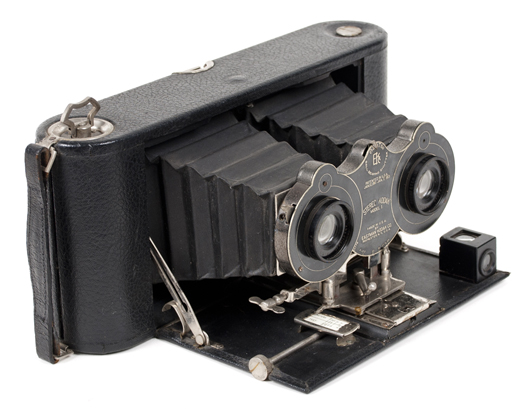
Kodak Stereo Camera Model 1 with Kodak Anastigmat lenses. Manufactured by Eastman Kodak Co., Rochester, NY. Image courtesy of Fuller’s Fine Arts Auctions. 
Ciné-Kodak Special (Cine Kodak), 16mm movie camera with a 200-foot film magazine. Manufactured by Eastman Kodak Co. 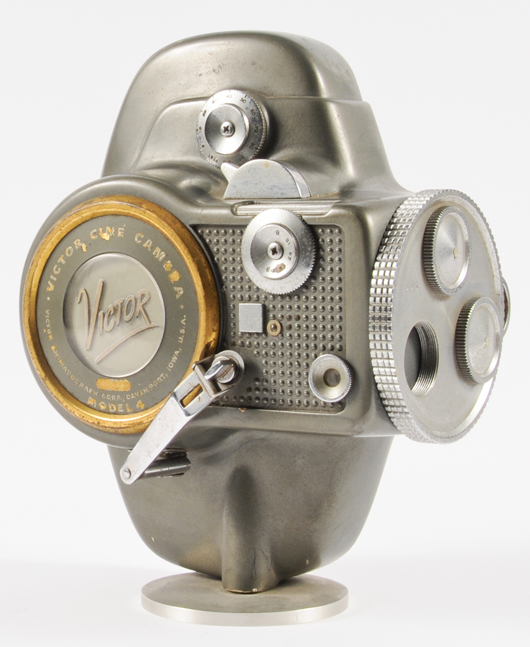
One of a group of original prototype scale production models and designs for a 16mm Victor Movie Camera by Victor Animatographic Corporation in Davenport, Iowa. These range from hand-carved wood to cast metal, with a complete ‘finished’ lacquered wood model to show the final product. Image courtesy of Fuller’s Fine Arts Auctions. 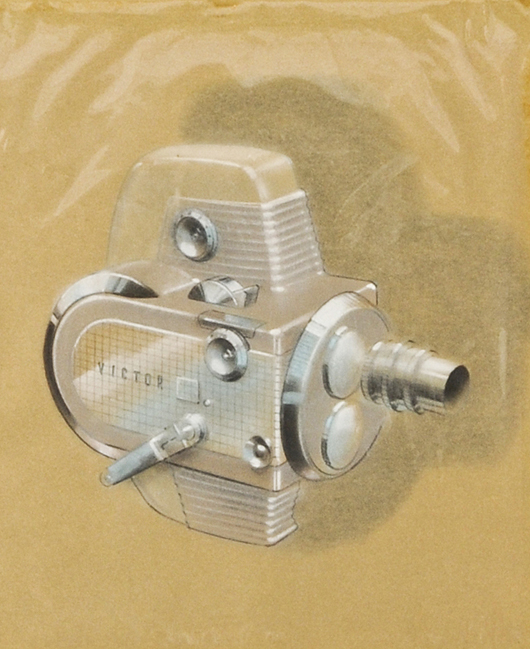
Original 1949 Raymond Loewy Associates drawing of a prototype design for a 16mm Victor Movie Camera with related documentation and correspondence. The drawing is colored pencils on paper, matted, 14 1/2 x 13 inches. Image courtesy of Fuller’s Fine Arts Auctions. 
Leica 250 Reporter body (Serial No. 135648). An Early Model FF converted to GG in nickel finish with a top speed of 1/1000 sec. Manufactured by Ernst Leitz in Wetzlar, Germany circa 1934. Includes a rare Leica bakelite body cap. Image courtesy of Fuller’s Fine Arts Auctions.


